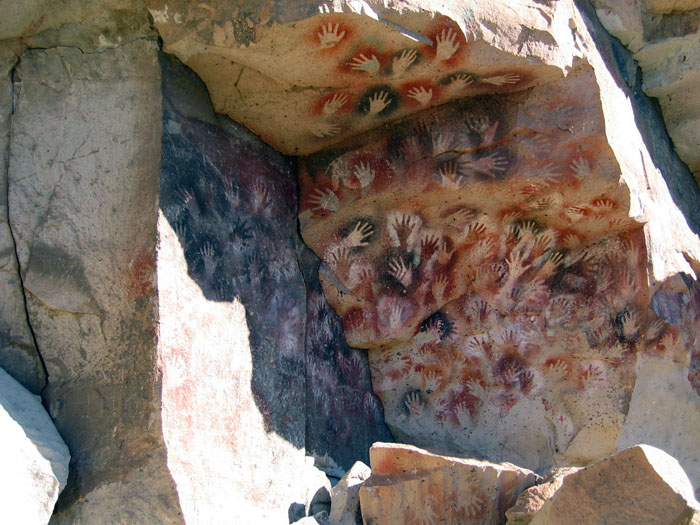The Lascaux-caves 17,000 years back in time
Seeing age old Cave-Paintings or just pictures of them is an interesting experience as it disrupts many of one's prejudiced ideas about gender and art. First of all many or maybe even most of these art works are not primitive or "clumsy", like e.g. drawings by children. No, they are of a high standard and might easily compare to modern art works. This fact leads to some special as well as obvious question: HOW was it possible, and WHAT drove Stone Age people to make paintings like e.g. these ones?Normally those questions are being "answered" by references to religions and presumed beliefs in the magic power of drawings of the animals for hunting. Actually, nobody KNOWS for sure why they made these impressive pieces of art and maybe - just maybe - they did so because they loved to look at pretty animals. Also they may have been gods for them.
The eldest cave paintings were made by Neanderthals which to me is a proof that they were not as clumsy and low brained as has been presumed. For quite some time a 42,000 year old picture in Cueva de Neria (Spain) of something that has been seen as a seal was considered the eldest cave art work in the world, but that may be wrong.One of the really interesting things about cave paintings is the "hand signature" of many/some of them. It's awesome and even touching to think of the artists that far back in time marking their art work with handprints. To me it's as if they reach out to modern people, assuring us that they were alive and humans like us. (I know that Neanderthals are special, but i see them as humans too, and one shouldn't forget that DNA and genes in modern people have proved that they left their biological mark on us too).
Cueva de las Manos
One extremely interesting perspective of these handprints of the prehistoric artists is that all pre-conceived ideas of them always being males have been disproved. On the contrary, many of these artist-handprints were left by women. Prejudices about sex and sex roles often seem to be based on the hyperbole of the 1950s with the male bread winner and the female home maker is closest to "Nature" and tat simply isn't right. The patriarchy as we know it didn't even start until c. 8,000.
When we find it likely that the female artist of the Stone Age met with the same prejudices as those 100-200 years ago it must be because we know how difficult it was for many women to get access to the world of art.
Well, it's a funny cartoon, but, as the handprints show us, it's not accurate. Also, one shouldn't forget that the supreme deity started out as a female god, not only a "goddess", i.e. the consort of the male god. As it is, even the god of "the Bible", Yahweh, was the toyboy of the supreme deity, Astarte who was "Queen of the Heaven".
I hope we shall get to know more about the handprints of the cave artists in the years to come. Also they are beautiful and very impressive in their own rights.
 | ||||
| https://www.csmonitor.com/Science/2013/1016/Were-most-cave-painters-women-Their-hand-prints-say-yes |
https://videnskab.dk/kultur-samfund/verdens-aeldste-hulemalerier-blev-skabt-af-neandertalere
https://netspirit.dk/emner/maleri-og-tegning/hulemalerier-verden/
Wikipedia














%20%20%20%20vs%20%20%206-Nina-in-garden.webp)








